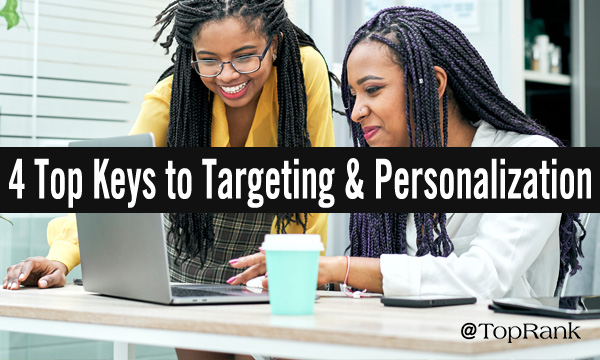‘We will not build alternate identifiers’: In drastic shift, Google will end behavioral targeting, profile-building in its ad products
By Kate Kaye
Google helped create and grow the digital ad ecosystem that relied on tracking and targeting ads to people across the web. Now, up against pressure from regulators around data privacy and antitrust, Google will stop enabling cross-site tracking and targeting of individuals in all its web-based ad products, such as its Google AdX exchange or ads in YouTube.
“Today, we’re making explicit that once third-party cookies are phased out, we will not build alternate identifiers to track individuals as they browse across the web, nor will we use them in our products,” wrote David Temkin, director of product management, ads privacy and trust ad Google in a company blog post published on March 3.
Many of the ads that Google sells run outside its own properties on other websites where it has allowed advertisers to target people based on what they do across the broader web, such as the various sites they visit. Now, those behavioral targeting capabilities will go away. The impact on digital ad targeting and measurement throughout Google’s ad universe could be drastic, but many details on just how the changes might affect specific ad products are yet to be determined.
At this stage, here’s what we know:
- Google’s targeting changes will go into effect when it officially stops recognizing third-party cookies in its Chrome browser, which is planned to happen by the end of this year.
- Google will no longer build user-level profiles within its ad systems nor will the company use such data to enable targeting on non-Google sites. That means Google’s AdX ad exchange and other services that target ads to web inventory outside Google properties will no longer support any cookie replacement identifiers (think the Trade Desk’s Unified ID or identity tech built by LiveRamp).
- Google will not block non-Google DSPs from connecting with publishers and will still allow publishers to use first-party data to target along with Privacy Sandbox-based targeting and measurement methods.
- Google’s ad targeting changes are focused on the open web and will not apply to the mobile app ads bought and sold using Google’s ad tech.
- While Google is stopping cross-site tracking and targeting across the web, advertisers buying through Google will be able to target ads on non-Google sites based on aggregate data, using its FLoC method, which enables targeting based on audience cohorts rather than by targeting individual people.
- Advertisers will still be able to target their own databases of consumers through their own first-party data on Google properties, such as Google’s search results pages and YouTube.
- Google isn’t changing any policies for how publishers collect or use data gathered directly from users. So, a publisher that uses Google’s ad tech will still be able to sell ads that are targeted based on the publisher’s first-party data.
- When advertisers buy ads from Google’s ad exchange to run on publisher sites such as BuzzFeed or The New York Times, they will be able to use their own first-party data or FLoC cohorts to target ads.
- Google will still allow targeting across its own …read more
Source:: Digiday





